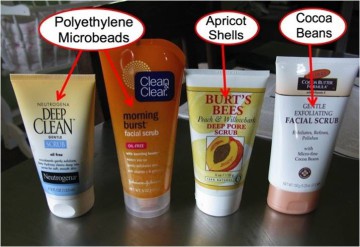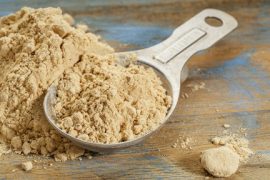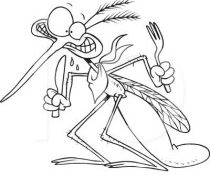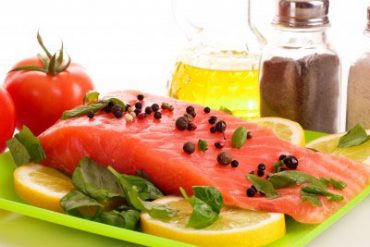Numerous people are aware of plastic pollution in our oceans, and natural habitats as well as the tremendous impact they have on wild life. Many people however are unaware of the environmental impact of microbeads and microplastics. Microbeads are used in common products such as: toothpaste, facial scrubs, body washes, soaps, nail art and crafts. Companies around the world use Polyethylene plastic micro-beads in these products, because they are cheaper than natural options for exfoliants in personal products such as walnut husks or pumice. The problem is that microscopic particles of the beads and the beads themselves are turning up in our oceans and lakes. (1,2)
Since microbeads are too small to be sifted out at water treatment plants they end up in out lakes and oceans. Many fish and other animals that live in or near oceans and lakes are consuming the microplastic, which puts them at risk from chemical pollution and us as well.
In August of 2012 the Santa Monica based environmental group 5 Gyres performed a search in the Great Lakes that was most unsettling. Samples contained an estimated 1.5 to 1.7 million microbeads and plastic particles per square mile, with the highest concentrations in Lake Erie. Since the plastics are exposed to cooler temperatures in the water they take a long time to break down. An additional area of concern expressed by Lorena Rios, a University of Wisconsin Chemist is that the plastic is absorbing pollutants from the water and air, such as pesticides, PCBs and polycyclic aromatic hydrocarbons, which are linked to cancer. (1) As with all toxins, once ingested by wildlife, these compounds can increase in toxicity as they move up the food chain.
Johnson and Johnson claims they have already started phasing out microbeads in their products. While some others have plans to do so within the next two to five years. Unilever plans on eliminating microbeads in 2015 and Proctor and Gamble will plan on eliminated them no later than 2017.
What Can You Do?
Stop using products that contain microbeads. Check the labels and look for the terms microbeads. You can also check the ingredients label and look for the term “polyethylene” which is plastic.
An app called Beat the Microbead may be of help to consumers who are unsure if their favorite product contains microbeads. With the app you simply scan the barcode of a product, if the app turns red, the company is using microbeads in their products, if it turns orange, and they use them, but have pledged to phase them out
Helpful Options
Make your own sugar or salt scrubs with natural ingredients. Click here for recipes to make your own salt scrubs. Click here for sugar scrub recipes.
Look for products that use natural exfoliants such as walnut husks, pumice, oatmeal or apricot.
Use a washcloth with your soap or body wash.
References:
(1). http://www.scientificamerican.com/article.cfm?id=microplastic-pollution-in-the-great-lakes
(2). http://www.theguardian.com/environment/2012/dec/09/microbeads-microplastics-cosmetics-ocean-pollution
Other sources:
http://5gyres.org
http://woodsend.org/2013/02/consumer-microbead-plastics-added-list-oceanlake-contaminants/
http://www.vims.edu/newsandevents/topstories/microbeads.php
http://www.dispatch.com/content/stories/local/2013/07/17/microbeads-threatening-waterways.html








